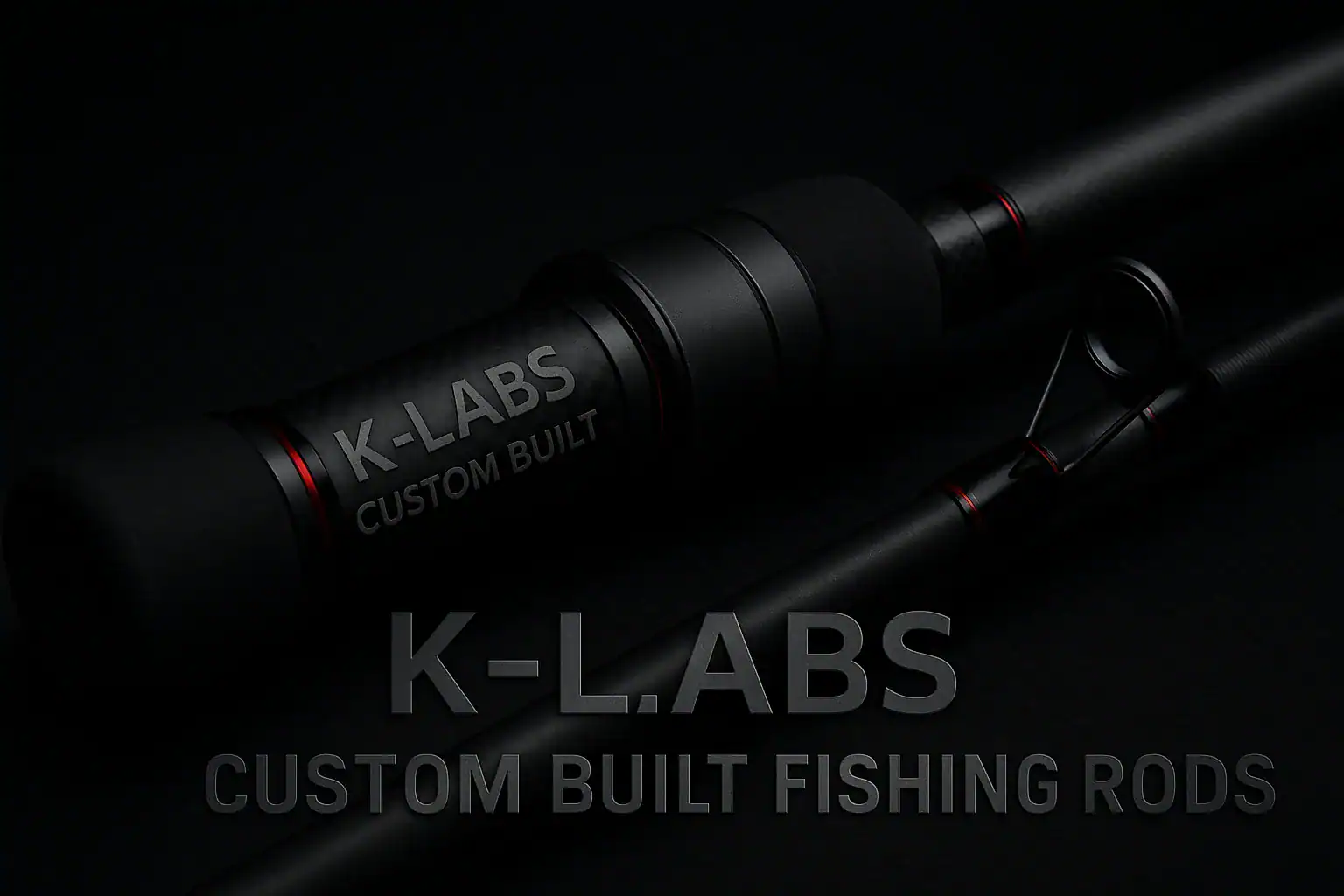When anglers talk about surf rods, the focus is usually on rod length, casting weight, or reel choice. One of the most overlooked — yet most important — elements of surf rod performance is guide count and guide spacing.
At K-Labs, we regularly see long surf rods fitted with too few guides, poor spacing, or layouts copied from generic factory builds. The result is reduced casting distance, uneven blank loading, and unnecessary stress on the rod over time.
In this article, we explain how many guides a surf rod should have, why fewer guides is rarely better, and how correct guide spacing transforms performance — especially on long rods used in New Zealand surf conditions.
The short answer: how many guides should a surf rod have?
For modern surf rods:
- 12–13 ft surf rods: typically 7–8 guides + tip
- 14 ft surf rods: typically 7–9 guides + tip
- Tournament or distance-focused rods: often 8–9 guides + tip
If you see a 14 ft surf rod built with only 6 guides, it is almost always a compromise made for cost or simplicity — not performance.
Why guide count matters more on long surf rods
Surf rods load very differently from boat rods or inshore spinning rods. A long surf blank bends progressively over a large arc during an overhead or pendulum cast. With too few guides, several problems appear.
Poor load distribution
Wide gaps between guides create flat spots in the bend. Instead of a smooth curve, the blank is forced to hinge between guide points, increasing stress and reducing efficiency.
Reduced casting distance
If the blank cannot load evenly, energy is lost during the cast. The rod may feel powerful, but real-world distance suffers.
Line slap and instability
Too few guides means less control of the line as it accelerates. This can cause the line to contact the blank, increase friction, and reduce accuracy.
Long-term blank fatigue
Repeated stress between widely spaced guides increases the chance of blank damage over time, especially when casting heavier sinkers or fishing with braid.
The myth of “fewer guides equals more distance”
This idea comes from older glass blanks and outdated rod-building theory.
Modern carbon surf blanks do not benefit from minimal guide counts. Any small weight saving from removing a guide is outweighed by improved line control, smoother blank loading, and reduced friction.
In real surfcasting conditions, correct guide count and spacing always outperforms under-guided rods.
Guide count vs guide placement
Guide count alone does not tell the full story. What truly matters is progressive guide spacing.
A well-designed surf rod layout:
- Uses tighter spacing near the tip
- Gradually increases spacing toward the mid section
- Positions the stripper guide to properly control the reel’s line cone
Two rods with the same number of guides can perform very differently depending on spacing.
A real-world 14 ft surf rod example
A properly built 14 ft surf rod will commonly use:
- 7 guides + tip
- Guides distributed across the tip and mid sections
- No guides on the butt section (handle only)
- A stripper guide positioned on the mid section and tuned to the reel
Using a progressive spacing system allows the rod to load smoothly, cast efficiently, and maintain control under heavy load.
Reel choice changes everything
Guide layout must match the reel being used.
Large surf reels produce a tall and wide line cone. These reels require:
- A suitably sized stripper guide
- A longer distance from reel to stripper
- A smooth choke-down through the guide train
Using a generic spacing chart without considering reel size is one of the most common mistakes in surf rod builds.
Why factory surf rods often fall short
Mass-produced surf rods are built to meet price points and production efficiency. This often results in:
- Fewer guides than ideal
- Generic spacing across multiple rod lengths
- No tuning for specific reels or casting styles
Custom surf rods are not limited by these constraints, which is why they cast smoother, feel more balanced, and last longer.
How K-Labs approaches surf rod guide layouts
Every K-Labs surf rod is built using:
- A guide count matched to rod length
- Progressive spacing rather than equal spacing
- Reel-specific stripper placement
- Static load testing before final wrapping
We do not under-guide rods to save weight or cost. The goal is consistent performance, durability, and real casting efficiency.
Final thoughts
Guide layout is not a minor detail — it is fundamental to how a surf rod performs.
For long surf rods, particularly 14 ft builds:
- Six guides is not enough
- Seven to nine guides plus tip is the modern standard
- Correct spacing matters more than marketing claims
A properly guided surf rod loads smoothly, casts further, and withstands years of hard use in demanding conditions.
